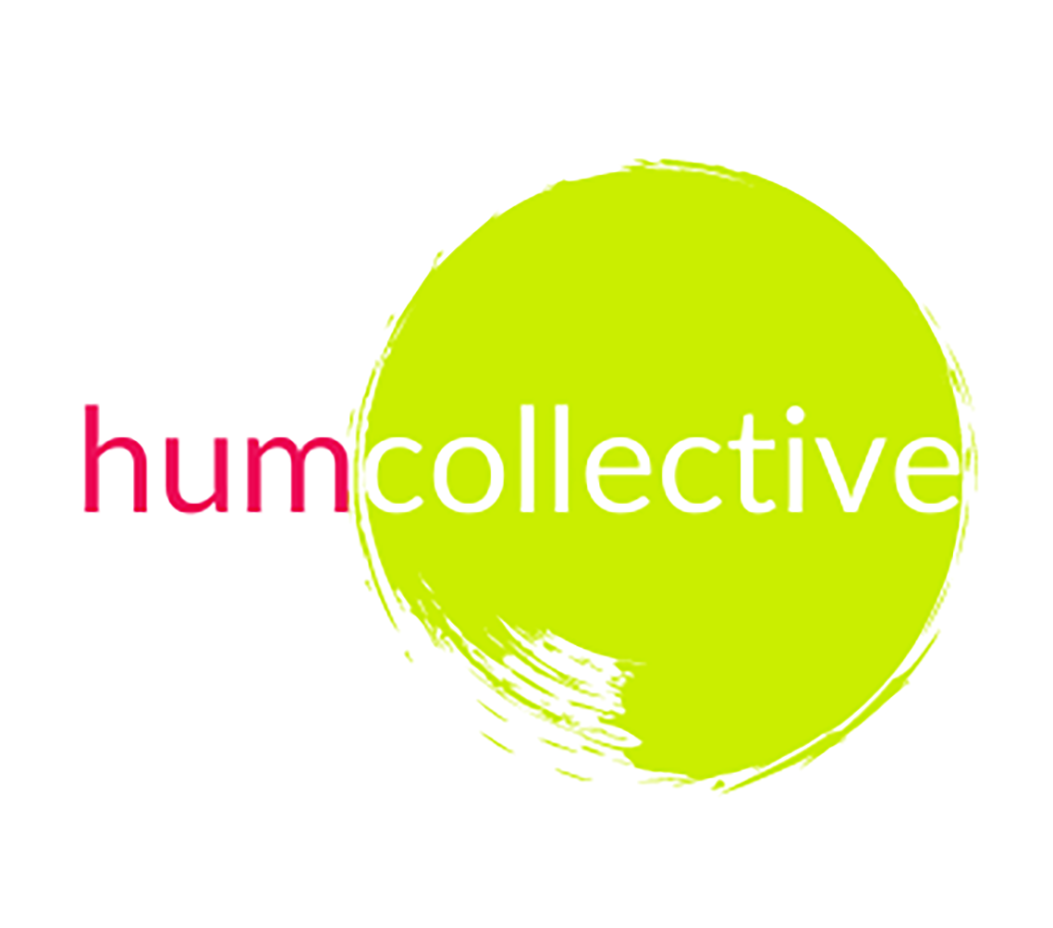The Balanced Brain
Reclaiming human wisdom to navigate the complexities of the modern workplace.
The left brain thrives on logic and order. It’s the maestro of language, controlling our ability to speak, read, and decipher grammar. It excels at breaking things down into their component parts, like a mechanic meticulously taking apart an engine.
The right brain specializes in creativity, intuition, and spatial reasoning. It excels at seeing the big picture, recognizing patterns, and navigating the world around us. It’s responsible for understanding facial expressions, appreciating music, and forming mental maps.
The Divided Brain
Psychiatrist Iain McGilchrist, in his book “The Master and His Emissary,” explores the interaction between the two hemispheres of the brain and their influence on Western culture throughout history. The two hemispheres of the brain have fundamentally different ways of experiencing the world. The right brain takes a holistic and intuitive approach, emphasizing the whole picture. The left brain is analytical and logical, adept at breaking things down into parts.
McGilchrist believes modern society overemphasizes the left brain, leading to a disconnect from the richness of right brain experience. He contends that this imbalance contributes to various cultural issues, including environmental degradation, loss of meaning, and a lack of empathy. “The Master and His Emissary” argues that a re-balancing between the two hemispheres is crucial for a healthy human experience.
“Our talent for division, for seeing the parts, is of staggering importance — second only to our capacity to transcend it, in order to see the whole.”
Iain McGilchrist, “The Master and His Emissary”
Neuroscientists debate the extent of the hemispheric divide. While some advocate for strong specialization, others see the brain as a more interconnected whole. Regardless of the exact nature of the divide, one thing is clear: Western culture has heavily favored left brain thinking. (Dive deeper into the debate: listen to Scott Barry Kaufman interview Iain McGilchrist).
The human brain, with its divided hemispheres, offers a powerful analogy for the state of work today. Our over-reliance on the left brain’s logic and efficiency has undoubtedly fueled progress. But in a world characterized by accelerating change and complex challenges, this singular focus is no longer enough. An obsession with efficiency and short-term gains can lead to a stifling of the right brain’s potential.
Our emphasis on logic can be traced back to the Enlightenment, where reason was championed as the key to progress. This translated into a focus on scientific inquiry, efficiency and productivity, and linear thinking. There’s no doubt this left brain dominance has created innovation and growth, but as McGilchrist suggests, it’s not without its downsides.
Reductionist thinking can lead to:
Difficulty with innovation and problem-solving: Without the right brain’s ability to think outside the box, businesses may struggle to adapt to changing circumstances.
Reduced empathy and collaboration: Left-brain dominance can lead to a transactional approach to work, neglecting the importance of human connection and teamwork.
Short-sighted decision-making: A focus on immediate results comes at the expense of long-term vision and consideration of the human impact.
A Whole-Brained Approach
The world is changing at an unprecedented pace, and complex challenges like climate change and economic instability demand solutions that go beyond purely linear approaches. We need a whole-brained approach.
This means fostering a work environment that encourages:
Creative exploration: Brainstorming sessions, open-ended problem-solving, and artistic expression can unlock the right brain’s potential and lead to innovative solutions.
Emotional intelligence: Prioritizing empathy, active listening, and collaboration builds strong teams and fosters a sense of community within the organization.
Holistic thinking: Encouraging strategic planning, long-term vision, and consideration of the human element allows businesses to make decisions that are both effective and sustainable.
Human wisdom is more than just knowledge; it’s the ability to see the big picture, embrace intuition and empathy, and think creatively. By reclaiming these right brain strengths, we can unlock our full potential and navigate the complexities of today’s world.
The Impact on Business
Reclaiming human wisdom is not just about individual well-being; it’s about building thriving, sustainable organizations. Businesses that prioritize a holistic approach can benefit from enhanced employee satisfaction, innovation and competitive advantage, and a more human-centered future of work.
The road to reclaiming human wisdom is a journey of rebalancing. It’s fostering an environment that encourages both linear thinking and creative exploration. By embracing the full spectrum of human cognition, we can create workplaces that are not just efficient but also innovative, inspiring, and truly human.
This shift is more than just a workplace trend; it’s a necessity for navigating the complexities of the future. It’s fostering the very essence of human wisdom — the ability to adapt, connect, and thrive in a world of constant change.
